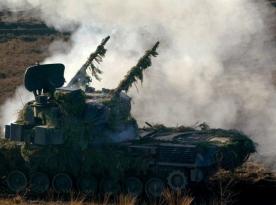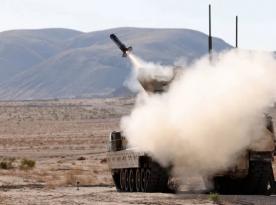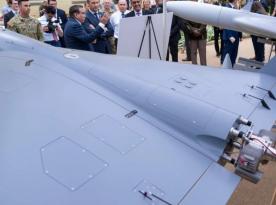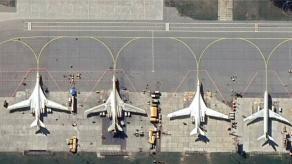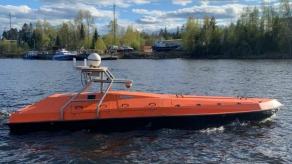Anduril, a U.S. military drone manufacturer that challenged the paradigm that armed forces need few expensive yet highly sophisticated weapon systems and ammunition with its developments, has presented its new development, the Copperhead torpedo drone.
"Victory at sea will require large fleets of autonomous subsea, surface, and air vehicles capable of bringing advanced awareness and overwhelming adversaries with mass maritime effects," Anduril wrote in a statement, explaining the idea behind this project and especially stressing on the system's affordable and mass-producible design.
Read more: Anduril's Bolt FPV Drone With Machine Vision: Promising Concept, Wrong Approach
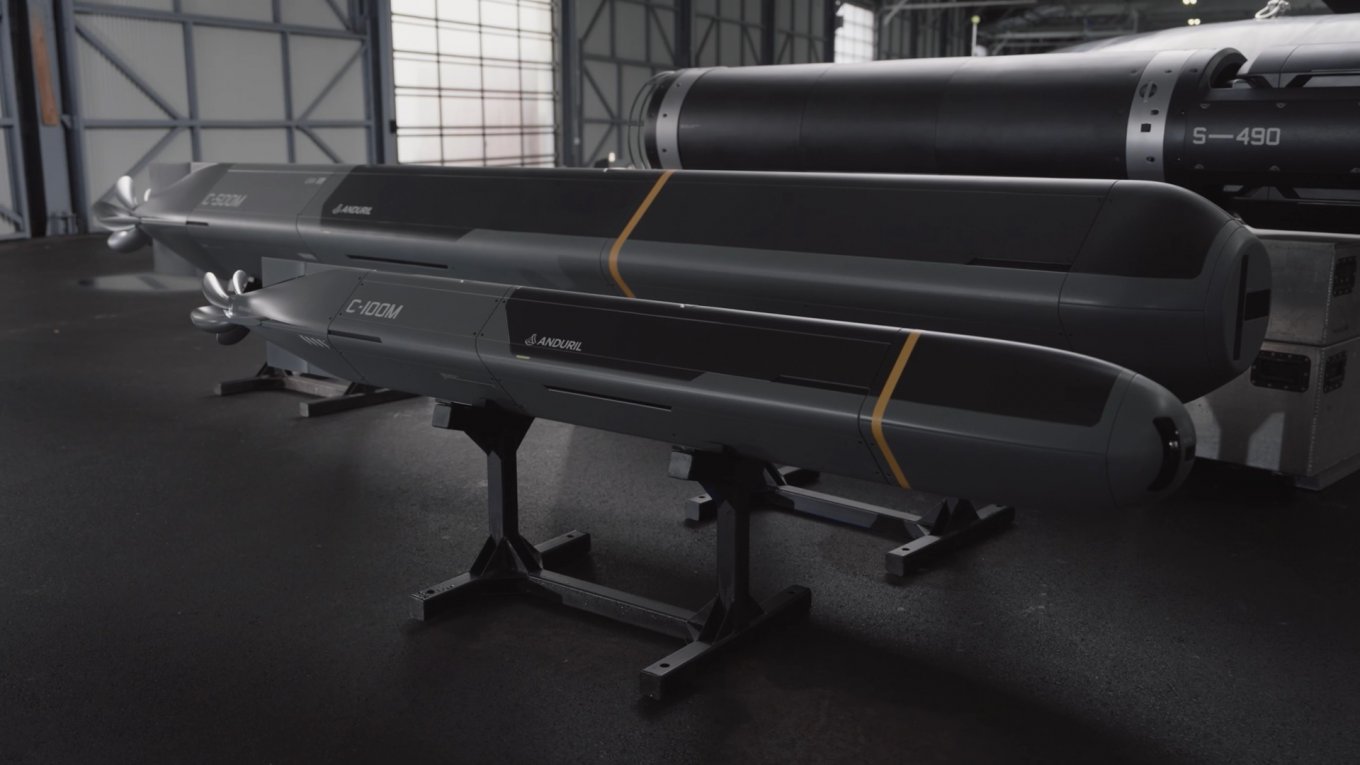
That is in contrast to outdated Cold War-era solutions that are expensive, slow to produce, and lack flexibility because they are "tightly coupled to legacy platforms like nuclear submarines and warships."
The company demonstrated two torpedo-shaped unmanned underwater vehicles, positioned as multirole platforms with a variety of payloads, making the suicide attack but only one of its functions. The strike version is designated Copperhead-M.
The larger model, the Copperhead-500, is a full-size torpedo in the most common caliber of 533 millimeters (21 inches) at a length of 4.14 meters. The payload capacity is 250 kg, the maximum travel speed is over 30 knots (55.5 km/h).
The smaller model, the Copperhead-100, has a diameter of 323.7 mm (12.75 in), which is also the standard for light torpedoes such as the American Mark 46, Mark 54, or the European MU-90. It is 2.69 meters long and can carry up to 50 kg of payload at 30 knots, similarly.
Copperhead is built for speed, ready to carry advanced payloads and integrates seamlessly with autonomous systems.The first two models, Copperhead-100 and Copperhead-500, offer different payload capacities & ranges for commercial or defense missions. pic.twitter.com/Oe9HQHCrF2— Anduril Industries (@anduriltech) April 7, 2025
Both Copperheads can take aboard a warhead or a sensor suite featuring a passive sonar, a magnetometer, chemical sensors, and acoustic communication equipment with relay mode. Essentially, Anduril joins the new paradigm of global arms development, offering multifunctional platforms intertwined with swarm tactics where drones on a mission distribute roles in the pack.
Besides being available in standard torpedo calibers, Copperhead is also marketed in synergy with the Dive-XL uncrewed underwater vehicle. The latter can take "dozens" of Copperhead-100Ms or multiple Copperhead-500Ms for a voyage. Anduril believes that not only are the existing torpedoes outdated, but also their carriers, i.e. surface ships and nuclear submarines. Copperhead, on the other hand, is designed primarily for autonomous carriers.
Defense Express notes, in terms of warhead weight, both Copperhead-100 and Copperhead-500 are on a par with contemporary torpedoes of their class. For comparison, the Mark 54 has a 43.9-kg warhead, while the larger Mark 48 is equipped with a 293-kg one. The speed difference is significant, though: it's 40 knots for Mark 54, and 55 knots for the Mark 48 versus 30 knots for both Copperheads.
This may prove a serious drawback in practice because, for example, russian Yasen-M class attack submarines have a declared maximum underwater speed of 31 knots, and Borey class submarines, carriers of strategic missiles, can travel at 29 knots. For surface ships, a top speed of about 30 knots is also quite common.
Earlier, Defense Express reported on Anduril's cruise missiles, revealed in 2024, which were developed following the same principle prioritizing affordability for greater quantities and swarm tactics. The Barracuda missile family operates at ranges of 900, 370 and 150 km, but their warheads have rather modest weight parameters of 45 and 18 kg, questioning the real combat effectiveness.
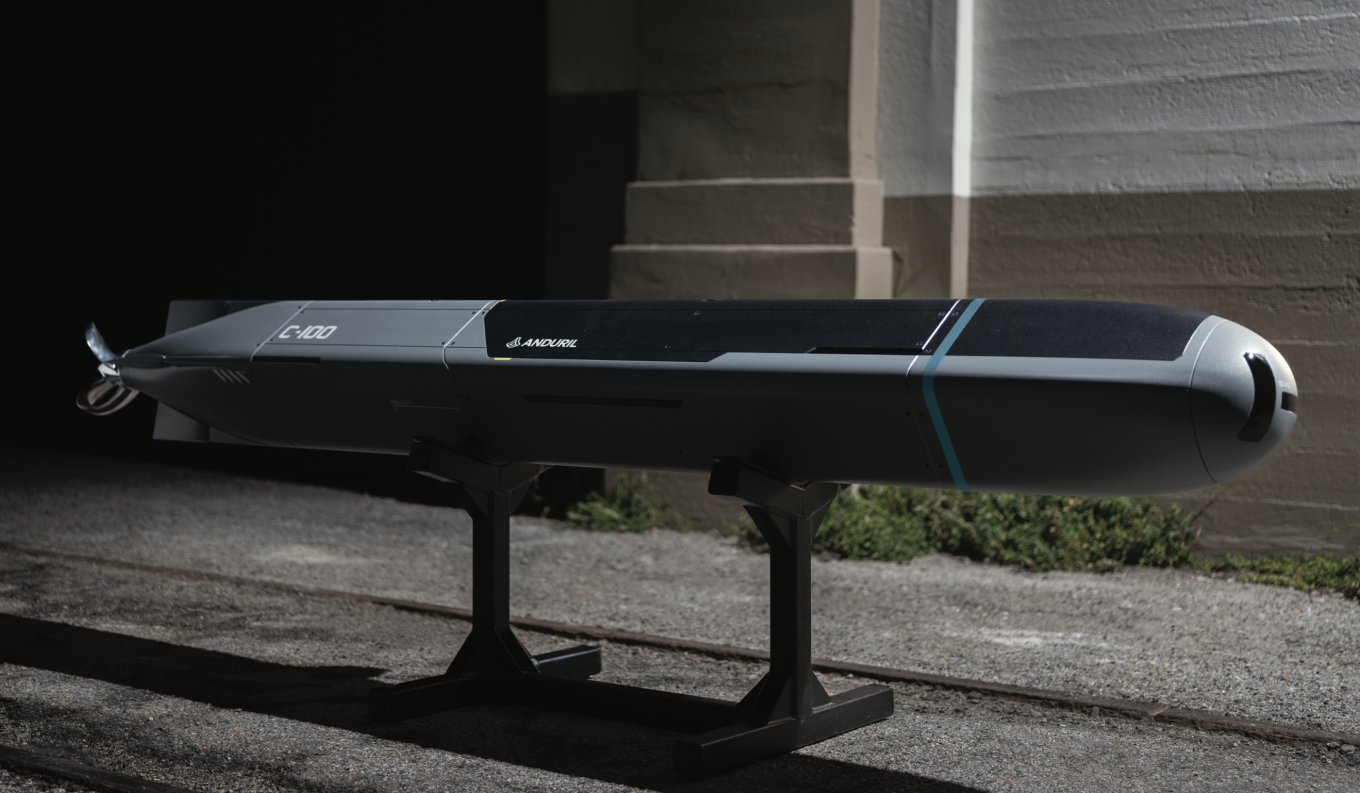
Read more: Triton AUSV: A Dual-Mode Drone for Sea Warfare





